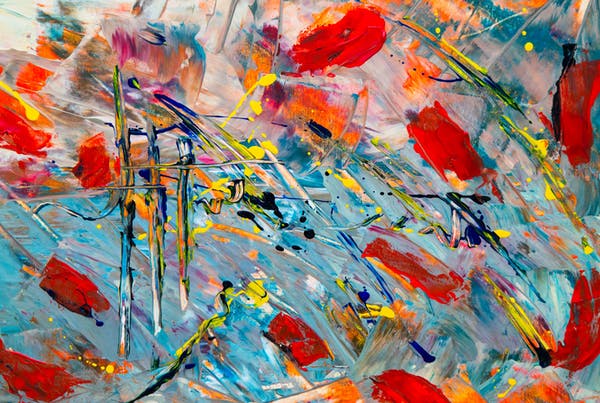 When trying to address mental health issues, many therapies and medications exist, but a creative approach to this issue has been gaining momentum: art therapy. Art therapy harnesses the power of creativity to provide a unique opportunity for individuals to express their emotions, explore their thoughts, and work through difficult situations in their lives. In an ever-changing world with intense pressures from society, work, and home, art therapy stands out as a tried-and-true approach to mental health.
When trying to address mental health issues, many therapies and medications exist, but a creative approach to this issue has been gaining momentum: art therapy. Art therapy harnesses the power of creativity to provide a unique opportunity for individuals to express their emotions, explore their thoughts, and work through difficult situations in their lives. In an ever-changing world with intense pressures from society, work, and home, art therapy stands out as a tried-and-true approach to mental health.
Defining Art Therapy
At its most basic level, art therapy combines the concepts of art and therapy to provide a unique opportunity for a person to explore difficult emotions. Although the technique can be described as a holistic form of psychotherapy, it is generally a non-directive approach with the therapist providing guidance and support. The therapist is typically not an art teacher, but rather a clinician trained in dealing with mental health issues.
Art therapy is typically conducted in a one-on-one setting, although it can be modified to fit the needs of a group of people as well. During sessions, the client is encouraged to create art of their choosing, although guided art activities are often used to inspire creativity and to provide structure to sessions. It is important to remember that art therapy is not about art instruction, it is about exploring and using art as a means to understand and express feelings.
Benefits of Art Therapy
One of the greatest benefits of art therapy is its ability to provide a unique experience for the client. Art therapy allows the individual to explore difficult emotions and thoughts in a creative way, and this process can be very empowering for those who are struggling. Art therapy can also provide a sense of control and mastery over seemingly out of control situations.
Additionally, clients can gain new self-awareness and an understanding of their individual values. They can better express their feelings to the therapist without worrying that they will be judged or misunderstood. Art therapy can be a great tool for those with limited coping strategies for the stresses of everyday life.
Finally, art therapy can be beneficial for individuals suffering from trauma. Art can provide a much-needed outlet for the individual to express and process emotions associated with traumatic events, while also providing a sense of control and mastery over traumatically charged thoughts and feelings.
Essential Elements
In order for a successful art therapy experience, there are a few essential elements. The most important element is a safe and comfortable environment for the client to explore and express their emotions without fear of judgment or criticism. A positive therapeutic relationship is also important for motivating the individual to explore and express their feelings.
Another element to consider is the art supplies used during the session. The art supplies should be non-toxic and of good quality so they can be used safely by the client. The selection of materials should also be well-suited for the goals of the art therapy experience, such as access to paint, clay, and paper.
Finally, evaluation is an important component in art therapy. The therapist should be able to assess the progress of the client and adjust the sessions as necessary. The therapist should be aware of the client’s narrative and be sure to note any changes in the client’s emotions or mental state during the art-making process.
Conclusion
Art therapy is becoming a powerful tool for mental health practitioners as they look for ways to help treat their patients in a creative and effective way. Art therapy can help the client explore and express difficult emotions, build self-confidence, and develop new coping strategies. It is also a great resource for those with trauma as it can provide a supportive and healing environment. By providing a unique experience, art therapy is a creative and rewarding approach to addressing mental health issues.